- Daily & Weekly newsletters
- Buy & download The Bulletin
- Comment on our articles
Tasty pastry: Our pick of the best sweet treats on offer in Brussels
Makowiec & rogaliki z makiem
Poppy seeds have been used in Eastern European baking since pre-Christian times and are ever popular in Polish patisserie. Makowiec poppy seed cake (pronounced mak-ov-yetz), has gone from being a Polish must at Christmas and Easter to appearing at all sorts of family celebrations and is even eaten for breakfast, according to Cornelia at Cukiernia Les Délices du Coin in Avenue des Celtes, Etterbeek. A long Swiss roll-type cake kept in the display cabinet by the door, theirs has a rich, thick, spun filling of poppy seeds, honey, raisins, almonds and candied peel. Ask for however hefty a slice you want and the servers will weigh it out for you. For less of a sugar hit, try the rogaliki z makiem – miniature bready croissant rolls with a dark filling of poppyseed and marzipan, scattered with nibbed hazelnuts and dribbled with icing you can pick off.
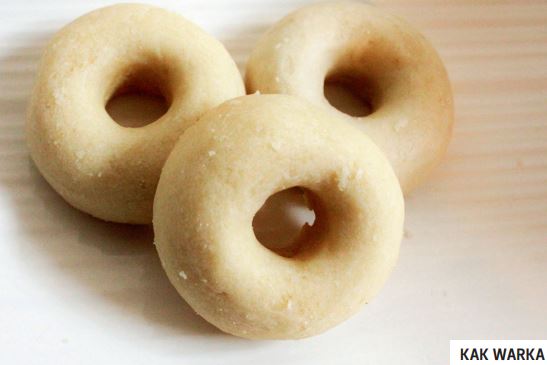
Mlabes & kak warka
Mlabes are elegant gobstopper-sized delicacies from the Tunisian region of Sfax. The crisp, slightly lemony glazed shell gives way to a delicate tightly packed almond crumble. You’ll find them at Star of Tunis on Boulevard Lemonnier, along with a veritable trove of other traditional goodies, such as kak warka, small crumbly pastry rings filled with a smooth marzipan, flavoured with rose water. These are iced for special celebrations and you can buy them with or without the icing. Soumaya behind the counter will gladly explain in French what everything else is in the shop too. All the bite-size pieces are sold by the kilo at the same price, so trying a few pieces of everything becomes an easy pleasure.
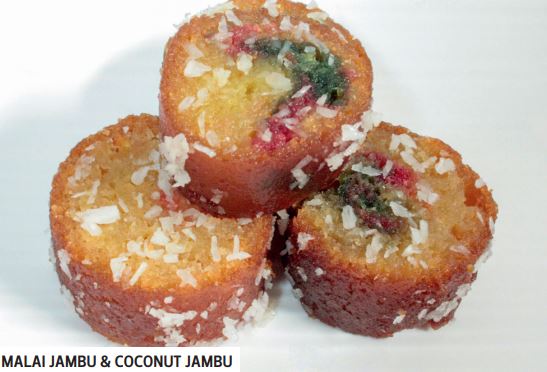
Malai jambu & coconut jambu
These moist, sweet little dumplings are speciality variations of the extremely popular gulab jambu, also called gulab jaman in some regions and cultures of the Indian subcontinent and diaspora. Dating back to medieval India, they are made of mawa, milk that has been boiled and reduced to the consistency of a soft dough. The mawa is mixed with a little flour, rolled into balls and deep fried until golden, then soaked in a light syrup flavoured with cardamom. Malai jambu are filled with a generous seam of malai – a lower-fat clotted cream. Grated coconut is added to the mawa for coconut jambu. Since you can’t tell until you bite into it, coconut sprinkled on the outside is the giveaway. Pick up fresh ones at the counter at Express Afro-Indian on Boulevard du Midi, where you’ll also find a selection of popular fudgey favourites barfi and pera.
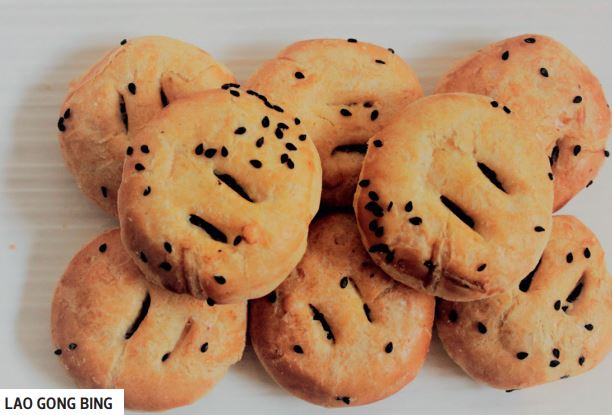
Lao gong bing
Shared between couples, and especially as wedding cakes, these treats also known as husband-and-wife cakes are popular all over China and the autonomous region of Macau. They symbolise the triumph of creativity and work over poverty and oppression, and each region has its own legend of how either a husband or a wife created the cakes and sold them at market to earn enough money to buy their beloved out of strife, be it slavery or to pay exam fees. The slightly salty flaky pastry gives way to a rich tangy interior of sesame, nuts, fermented red bean paste and star anise. If you’re lucky you’ll find them freshly made at the Chinese patisserie known as St Anny Food on Rue Sainte Catherine in the centre, or pick up some pre-packed ones from Macau at the Kam Yuen supermarket on the opposite corner.
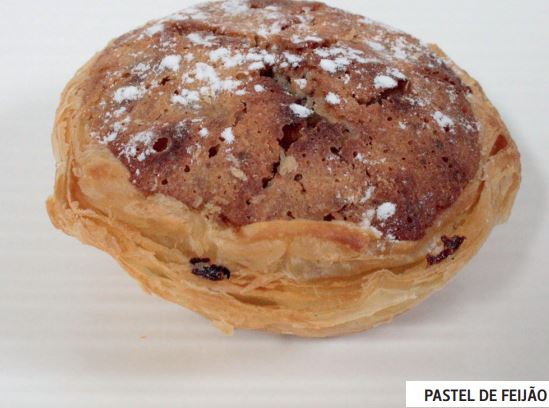
Pastel de feijão & pastel de Portimão
An everyday tartlet in Portugal, the white bean pastel de feijão is far more elusive in Brussels than the increasingly popular pastel de nata custard tartlets, now making appearances in supermarket chains. But you can find it and several delicious regional variations at Pastelaria Garcia in Avenue de la Couronne, Ixelles. The beautiful flaky exterior of the pastel de feijão gives way to the gentle smooth creamy sweetness of an almond and bean interior. The Portimão is a sweeter regional variation and has a bottom layer of shredded, almost translucent courgette, giving it a bit of crunch. Garcia is haven for all sorts of other traditional bakes that the master baker’s daughter Vanessa Garcia will take you through in English if you’re curious.
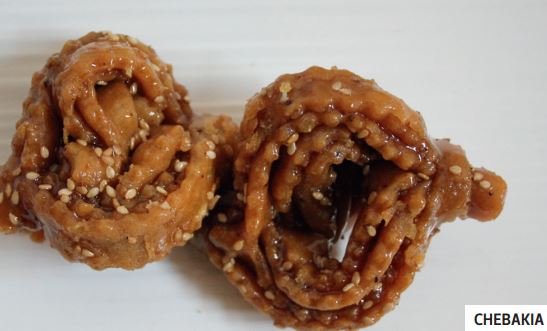
Chebakia
Taking almost three hours to make, these beautiful and satisfyingly sticky, chewy, fried dough pastries that are dipped in honey and sprinkled with sesame seeds are usually only made for feast days and celebrations in Morocco. The dough itself contains ground sesame seeds, cinnamon and saffron, and the honey is infused with orange flower water. Good Moroccan patisseries in Brussels will have a platter glistening away behind the counter somewhere. These beauties are from the Boulangerie Patisserie Chocolatier in Chaussée de Forest close to Porte de Hal.
This article first appeared in The Bulletin 2019



















